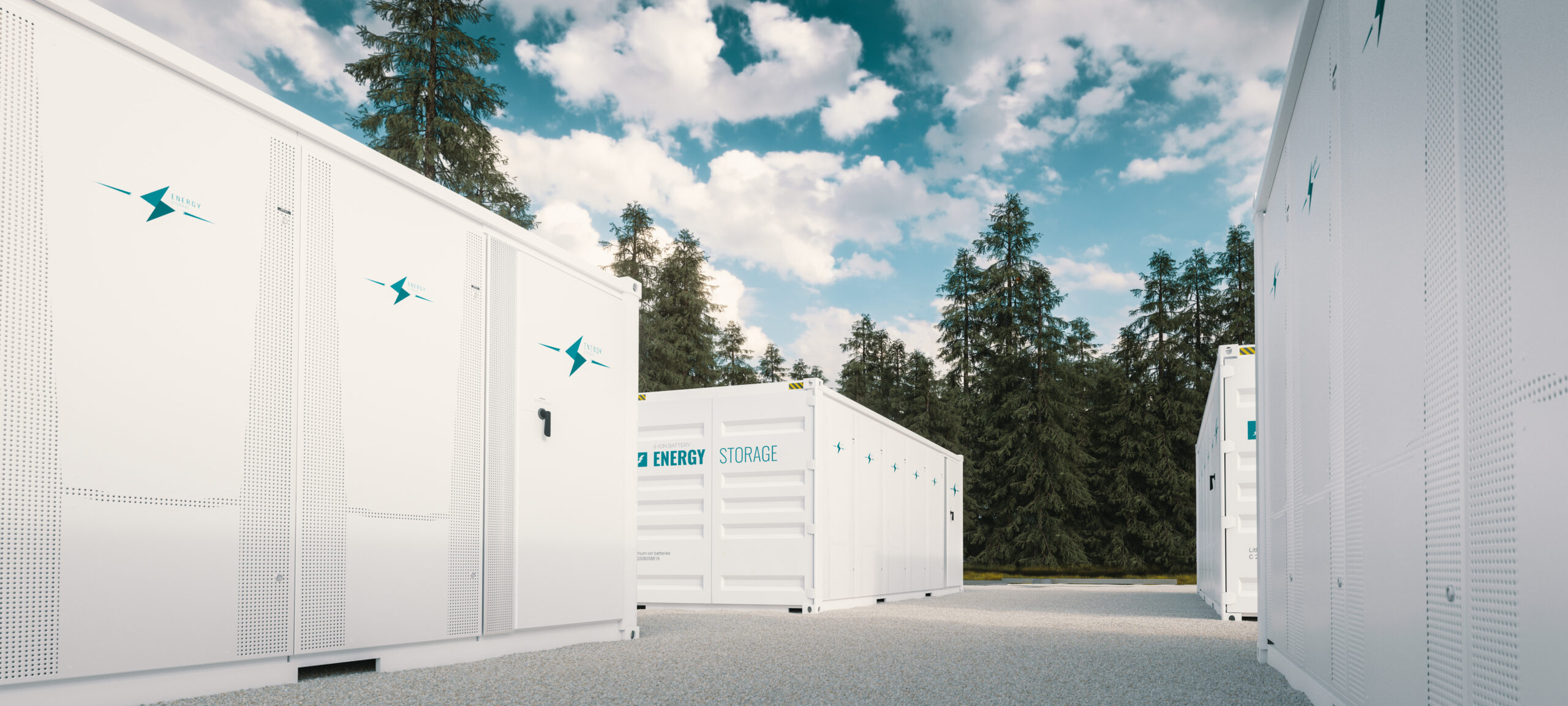christiesplits
Senior Member
With a provincial election potentially only a few months away, there have to concerns among the Liberal camp about Bonnie Crombie's ability to win a seat.
It's believed that Crombie wants to run in her hometown of Mississauga, but recent polling has the Doug Ford PCs in deep majority territory, and seat projections (interpreted with caution) have the PCs cleaning up in Mississauga.


Via 338.com
It's believed that Crombie wants to run in her hometown of Mississauga, but recent polling has the Doug Ford PCs in deep majority territory, and seat projections (interpreted with caution) have the PCs cleaning up in Mississauga.
Via 338.com









